John Graver Johnson (1841–1917) was a distinguished US corporate lawyer – many considered him the country’s finest. He was also a lifelong and leading citizen of the wealthy and influential city of Philadelphia, and an obsessive collector of art. He acquired property along the city’s South Broad Street in order to display his growing collection of historic European art floor to ceiling and even inside cupboards. With his photographic memory, he could invariably direct visitors seeking a specific picture to its exact location. He researched diligently, left some 2,500 auction catalogues neatly marked up, and sold bad buys to refine his collection.
On his death in 1917, Johnson left his art to his home town, ‘for the benefit of the public’. Two years later, the Philadelphia Museum of Art (PMA) started construction on its majestic neoclassical building on the northwest end of the new Benjamin Franklin Parkway. This is where the Johnson Collection would eventually be housed. A century later, the PMA is exploring this exceptional group of works in depth.
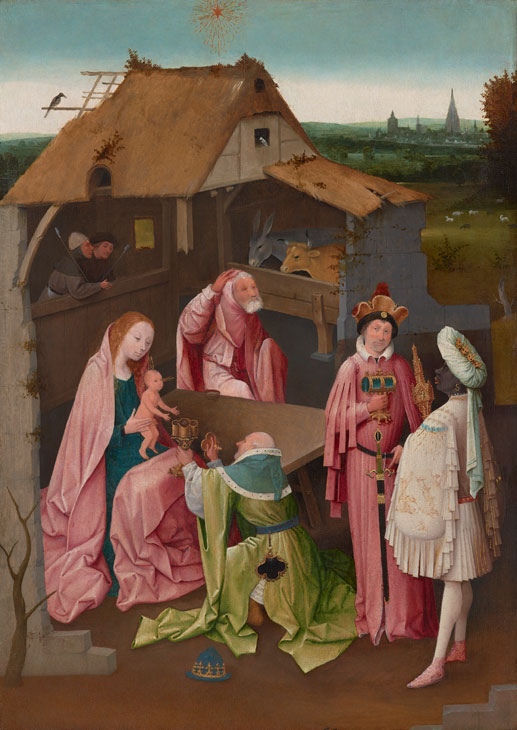
The Adoration of the Magi (early 16th century), Hieronymus Bosch. Philadelphia Museum of Art, John G. Johnson Collection. Post-conservation image, 2015
The PMA has been the beneficiary of multiple extraordinary gifts over the years, and although it makes valiant efforts to show them it is constantly playing catch-up. ‘Old Masters Now: Celebrating the Johnson Collection’ is a full-sized exhibition of a hundred major paintings, yet even this is a fraction of the whole. Johnson’s gift to Philadelphia was huge: 1,279 paintings, 51 sculptures, some textiles and sundry other objects. Some are well known to visitors, others have been in store for decades. Dozens of the paintings were once given a fine coat of wax to protect them from the local climate’s vagaries (a still-waxed picture is on show in the current exhibition); others survived thanks to benign neglect.
One waxed picture, now cleaned up, is being studied for the first time with great excitement: it may well be by the young Van Dyck and date from around 1620 when the artist was still in Rubens’s studio, before he found fame. An X-ray has revealed that the work is painted on pieces of used paper glued together. It is just one of the exhibits to have benefited from collaborative curatorial research and conservation projects in the build-up to this display – projects which have revealed new insights and a few awkward truths. For instance, thanks to dendrochronology and an international examination of eight pictures that Johnson believed to be by Hieronymus Bosch, the PMA now credits just one of them to the artist himself – the delicate yet assured Adoration of the Magi (early 1500s). The others are very good, of course, so the curators have boldly hung them all on one wall for visitors to see how the confirmed masterpiece stands out amid a clutch of similar pictures.
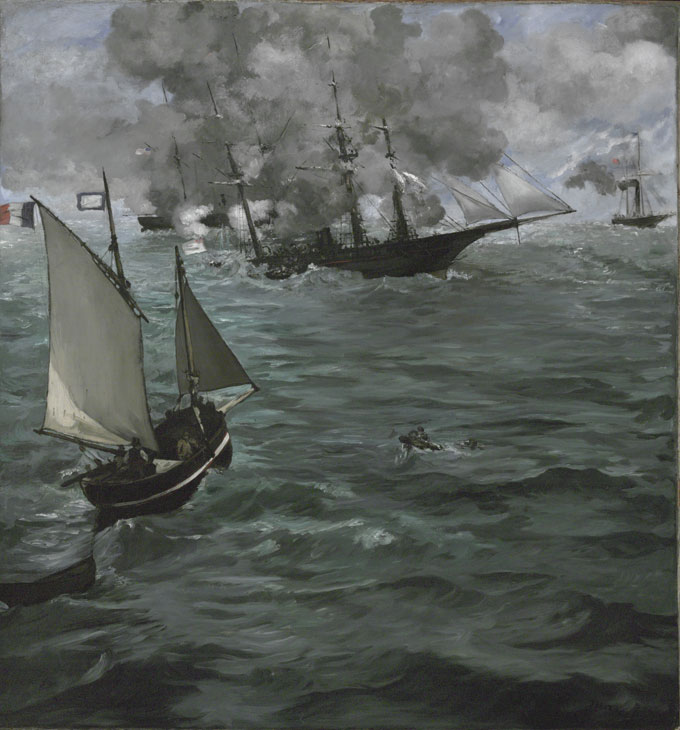
The Battle of the U.S.S. ‘Kearsarge’ and the C.S.S. ‘Alabama’ (1864), Édouard Manet. Philadelphia Museum of Art, John G. Johnson Collection
Johnson started out buying works by members of the Barbizon school, which he first encountered at the Philadelphia Centennial Exposition of 1876, the year the PMA was founded as the Pennsylvania Museum and School of Industrial Art. He soon moved on, picking up canvases by Courbet and Pissarro. He bought Manet’s magnificent history seascape, The Battle of the USS ‘Kearsarge’ and the CSS ‘Alabama’ (1864), which is included in the current show and depicts one of the critical battles of the American Civil War. Many of Kearsarge’s sailors came from Johnson’s city which may have swayed his decision.
Later, Johnson found the Old Masters, especially the early Italians. Advised by Roger Fry, Bernard Berenson (who would write a catalogue of Johnson’s collection in 1913) and others, he snapped up treats by Messina, Botticelli, Lorenzetti, Pinturicchio. To encourage Johnson to buy a Signorelli, Fry wrote to him: ‘Isn’t it noble and virile, and the originality and power of the spacing are superb. Anyhow I can’t not give you the chance of this.’ Johnson snapped it up. It was Berenson who in 1909 advised him to buy Titian’s mysterious Portrait of Archbishop Filippo Archinto (1558), which depicts a translucent white veil drawn half-way across the scene. Two years of cleaning and conservation have brought it to a better condition than Johnson or Berenson would have enjoyed. Titian’s virtuoso brushwork and handling of different whites are now clear to see, although the degraded blue smalt of the cape, now a chestnut brown, cannot be reversed. Curators now view this as an especially personal portrait by the successful, mature artist.
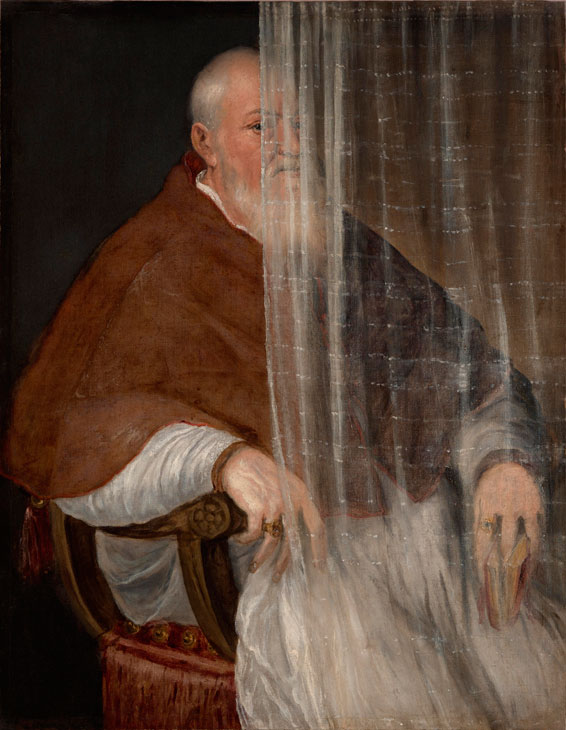
Portrait of Archbishop Filippo Archinto (1558), Titian. Philadelphia Museum of Art, John G. Johnson Collection. Post-conservation image, 2017
Johnson also gathered one of the finest private collections of Dutch Golden Age paintings, from Rembrandt to van Ruisdael. And his early Netherlandish pictures include masterpieces by Campin, Van Eyck and van der Weyden. New technical and art-historical research on van der Weyden’s The Crucifixion with the Virgin and Saint John the Evangelist Mourning (c. 1460) has enabled curators to posit that these were the wings of a huge altarpiece some 26 feet wide; and this in turn has led to two more of its panels being identified. Other panels await discovery.
There are plenty more Johnson pieces scattered through the PMA, especially in the ground floor picture galleries. Each has a tag, so they are easy to spot. Upstairs, two study rooms display his sculptures and textiles. Much of the research and conservation work is introduced within the exhibition, and will be incorporated into the digitisation of some 70 pieces of the Johnson Collection on 1 February, 2018. These will kick off a massive project to put the entire PMA collection online. Images of the pieces will be accompanied by archival material, correspondence, auction catalogue entries and dealers’ bills, thanks to Johnson’s meticulous record-keeping as well as the recent research.
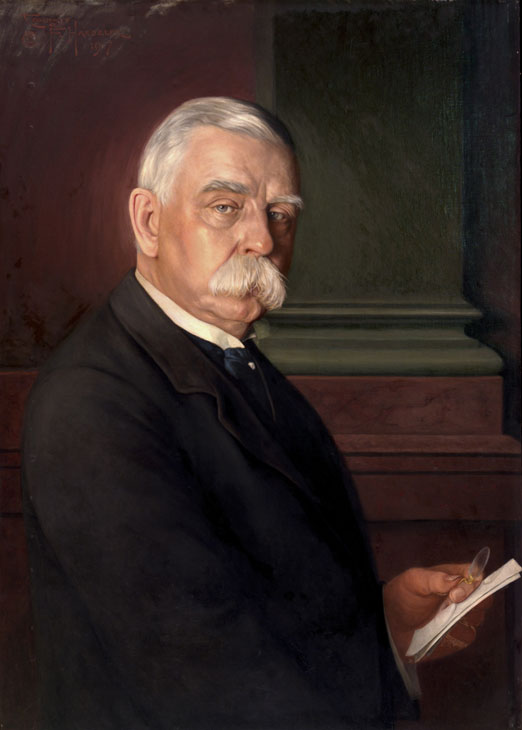
Portrait of John G. Johnson (1917), Conrad F. Haeseler. Philadelphia Museum of Art, gift of Miss Julia W. Frick and Sidney W. Frick
‘Old Masters Now: Celebrating the Johnson Collection’ is at the Philadelphia Museum of Art until 19 February 2018.
Unlimited access from just $16 every 3 months
Subscribe to get unlimited and exclusive access to the top art stories, interviews and exhibition reviews.

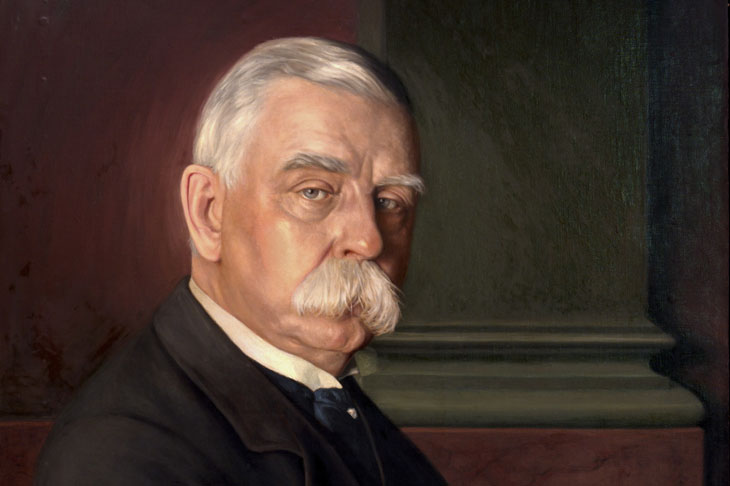
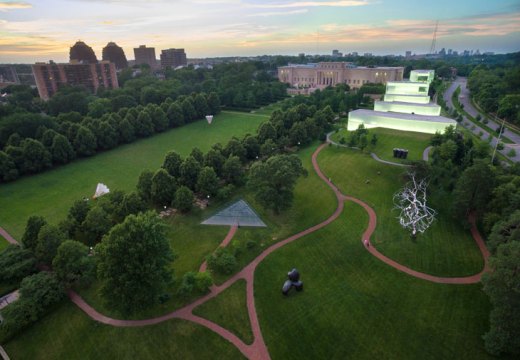
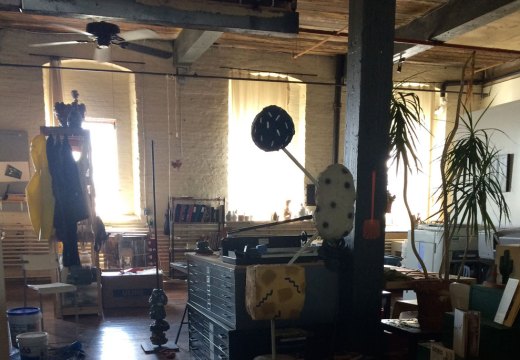
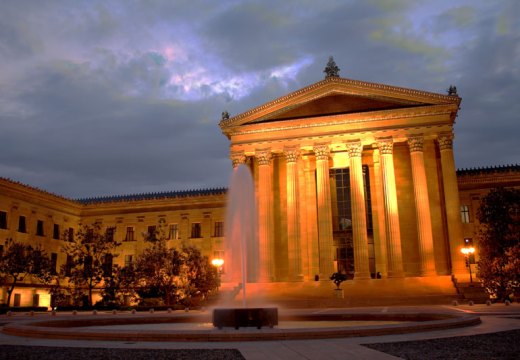









![Masterpiece [Re]discovery 2022. Photo: Ben Fisher Photography, courtesy of Masterpiece London](http://www.apollo-magazine.com/wp-content/uploads/2022/07/MPL2022_4263.jpg)
It’s time for the government of London to return to its rightful home